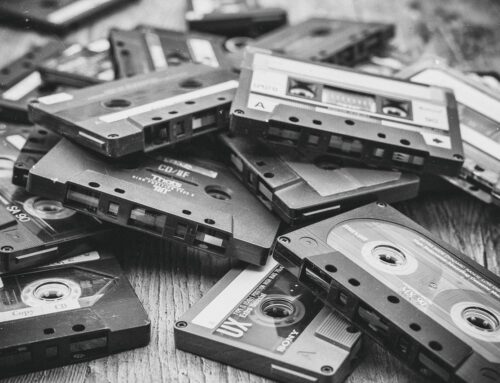How do we cull through the trash and find the treasures?
For many of us, one of the joys we share is looking for and buying antiques and collectibles. Maybe we even want to do this to start a little business to supplement our income. For whatever reason we might be looking for antiques, we can find them in classified ads, yard sales, auctions, on eBay and in shops. If you are a fan of Antiques Road Show, you see folks on there amazed that their yard sale purchase is worth ten, one hundred or even one thousand times what they paid for it. Unfortunately, you also see folks bringing in what they thought was treasure, but turns out to be poorly or improperly restored, a replica, or an outright fake. So how do we cull through the trash and find the treasures?
The first thing to remember is that no matter what you collect, there is probably an industry domestically or overseas that is busy counterfeiting that item. I have spoken with experts in pottery, coins, weapons, books, autographs, and other items that tell me that the thieves who do the counterfeiting are getting so sophisticated that in order to be completely sure of the authenticity of an item, chemical, microscopy, and even radiology tests can be required.
In some areas, the counterfeiting has become so sophisticated that items are becoming valueless, due to the widespread and undetectable counterfeits on the market. So what is a casual treasure hunter to do to protect themselves from fraud?
First is education. For whatever specialty you specifically want to collect or need to add to your décor, there are internet sources that will tell you what to look for. Just type in “identifying fake …” into your favorite search engine. You will find sites dedicated to exactly what interests you as well as chat rooms dedicated to that as well.
The second step is equipment. I always have a high powered, small flashlight and a jeweler’s magnifier with me to look for makers’ marks, wear and tear, repairs and new additions. Having the most recent source book for prices and descriptions of the items you are examining is also very useful.
Third is developing a network of experts you can call upon to validate your purchase. These can be others who have been collecting longer than you have, or they can be professional appraisers who will charge for their services.
Ethical auction houses and antique dealers will stand behind their products and spend a great deal of time authenticating their wares. When in doubt, these merchants will be careful to use such descriptors as “reported to be”, “after the work of”, “in the era of” and other turns of phrase that do not say that a particular item is actually the product of a specific artist or era.
Others, obviously, sell with the motto “Caveat Emptor” and you make your purchases where is, and as is. They will often put a sign on something with a question mark on it e.g. “Wedgewood?” and let you fill in your optimistic blanks.
Whatever you are looking for, there are several things that even we amateurs can quickly detect:
- Misspelled or incorrect names, logos, trademarks, hallmarks, etc.
- Check precious metals with a magnet to see if they are base metals.
- Does the item weigh what it should?
- Does the item have the wear and tear and patina it should have for its age?
- Are there repairs or changed or added decorations?
- Is hardware consistent with the era of the purported item?
Remember, too, that sometimes restoration can make a piece’s value drop tremendously as in coins, furniture and weapons. In other items such as paintings, professional restoration can add to the value.
To sum up, some experts tell us to always assume something is fake, then check and see if it is. Bargains are out there, they are being unearthed daily, but if you are making a major purchase, with major money, take the time to get it validated by an expert in the field. His or her fees are cheap insurance against fraud.
For further research:
How to spot fakes, frauds & forgeries
Learn how to identify fake and counterfeit US silver dollars
Some hints for detecting fake antique furniture
8 Tips to identify antiques









